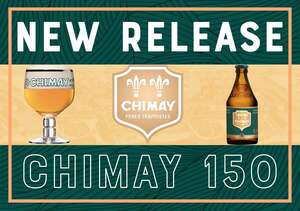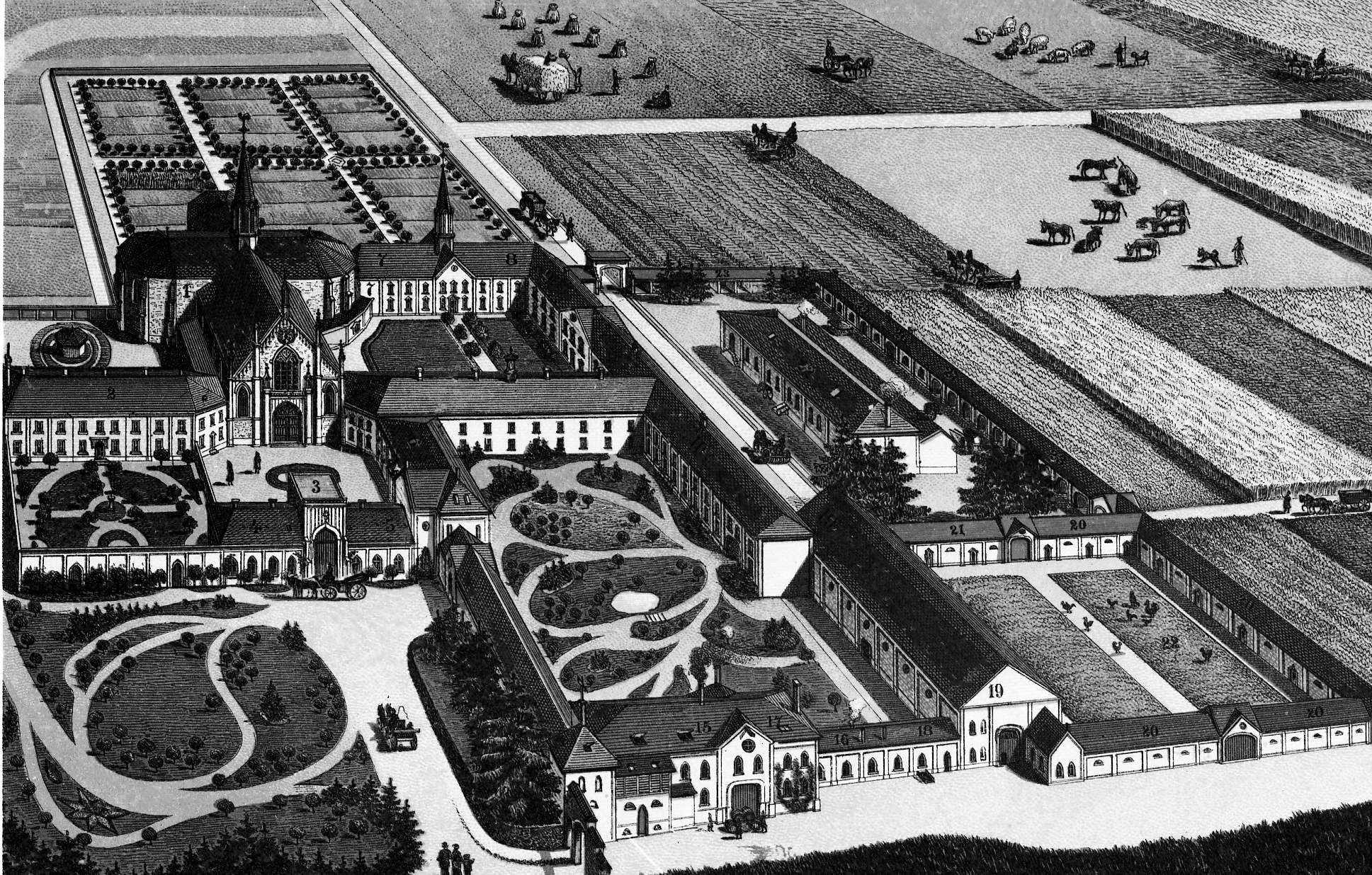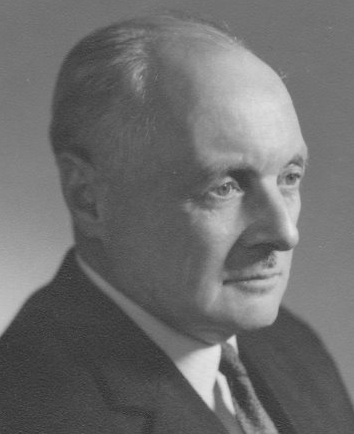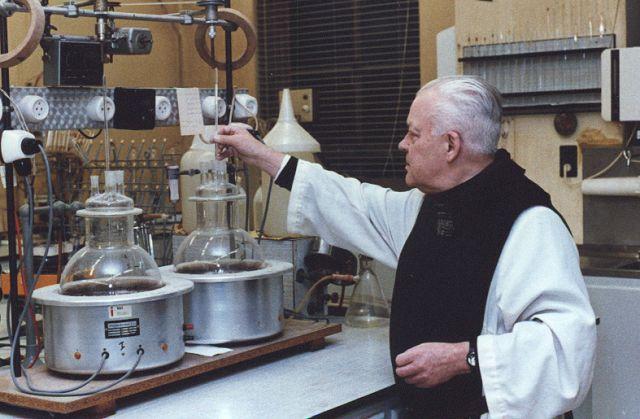Chimay, New Release, belgium, belgian, trappist
Chimay 150 Release
6 July 2021

Amidst a relative flurry of new Trappist beers, we’re delighted to announce the addition of Chimay 150 to the core range. Originally brewed in 2012 to celebrate the famed brewery’s 150th anniversary. Available now in 24x330ml bottles with 750ml to follow next month.

Chimay 150 is a strong, blond beer filled with incredible aromas of mint, bergamot, lime and eucalyptus. Its delicate hints of rosemary and clove go perfectly with the subtle floral notes from the Saaz and Hallertau Mittelfrüh hops, enhanced by a touch of invigorating ginger. Brewed for the first time in 2012, as a limited edition of 150,000 bottles, to celebrate the brewery’s 150th anniversary, but after years of consideration they've brought it in to permanent production. Ultimately, this beer is the synthesis of all the experience built up by generations of brewers, following on from each other at the Abbaye de Scourmont, for over 150 years.
For the full Chimay story, we need to go back to 1862, and start at the Sint-Sixtusabdij Westvleteren, a Monastery still revered today for their extremely elusive produce. A small group of monks from this brotherhood were given a parcel of land in 1850 by Prince Joseph de Chimay in order to develop economic activity in the region. The foundation cross at the Abbey bears the inscription ‘On July 25, 1850, the Cistercian monks founding the abbey of Scourmont began to praise God and to clear the land’. As is the trappist way this economic activity was centred around farming, the production of cheese, and eventually a brewery.

Self sufficiency is a key principle for Cistercian monks, and after a period of sourcing beer for their refectory from other nearby breweries, they established their own brewery in 1862. As was popular at the time, their first beer was a Bavarian doppelbock style. Eventually, inspired by their Brethren back at Sint-Sixtus they decided to pursue a beer of higher fermentation resulting in the creation of the forefather of Chimay Rouge in 1875.
Unfortunately, as is the case with so many breweries in the region, developments came to a standstill during the first and second world wars, with copper from the brewing kettles being commandeered for munitions. To make matters worse, during the Second World War the brewery and part of the monastery were seized by German troops for use as a barracks and subsequently heavily damaged.

The monks turned the damage sustained during the Second World War into an opportunity to redevelop the brewing facility. This turned out to be the most significant moment in the brewery’s history when the monastery approached the legendary Professor Jean de Clerck of Leuven Catholic University to help regenerate the facility and fix some production issues. He agreed to assist them, but on the condition that one of the monks was sent to study under him at the university.
De Clerck was an enormously pivotal character in the history of Belgian brewing, developing brewing into a serious academic pursuit through his aptly named groundbreaking work ‘Textbook for Brewing’. He also helped the Moortgat family to reverse engineer McEwan’s Scotch Ale to make another Belgian beer legend, Duvel.

Father Théodore was selected to study Brewing, having already dedicated years to isolating a new yeast strain, that to this day gives Chimay’s beers their unique character. Together with De Clerck he developed a strong, dark, special beer for Christmas in 1956. Little did they know that this seasonal would soon catapult the brewery to global fame, and become available year round, known as Chimay Blue.
In recognition of his exceptional work in developing Chimay’s beers Jean de Clerck was interred at Scourmont Abbey on his death in 1978. An incredible honour usually only afforded to monks of the abbey.
During his tenure at the Abbey Father Théodore sought to use the growth of the brewery to develop the Wallonia region, suffering mass unemployment due to the decline of the nearby coal and steel industries. Following this key principle of Trappist life he gave back to the community by creating dozens of jobs for locals.

In typical Trappist fashion, Chimay only added another two beers between 1966 and today. The White Cap was added in 1966, and rose to immediate acclaim thanks to legendary beer writer Michael Jackson, after his first visit in the 1970s Father Théodore quipped that ‘Now you have found us, we shall deluge the world’. He wasn’t far wrong, as Chimay swiftly grew to export approximately half of their production all across the globe. Like a few of their Trappist brethren, Chimay started to release the monk’s house beer commercially. Initially only available from the nearby inn ‘Auberge de Poteaupré’ on draught from 2007, Chimay Gold was added to the permanent lineup in 2013 and bottles were made available.
Join us in celebrating this golden period for Trappist beer, and be one of the first to offer your customers Chimay 150.

